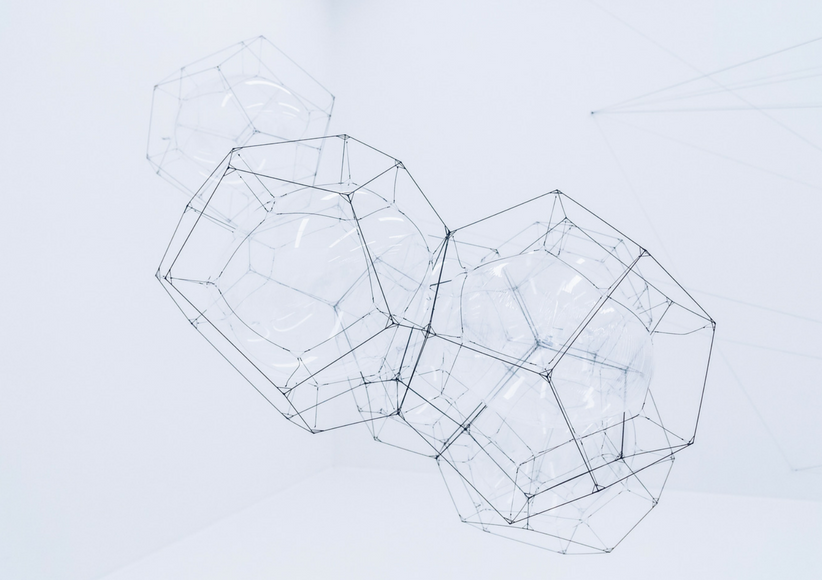
As the Internet of Things (IoT) landscape continues to mature, major cloud providers have responded by creating IoT-specific offerings for their platforms. The scope of cloud IoT offerings covers a huge swath of the IoT solution space, extending from software installed on the actual devices themselves all the way to identification of trends in IoT data and automated responses.
When thinking about IoT, it is important to recognize that each IoT implementation is specific to the industry and business that’s building it. It’s more accurate to talk about your IoT instead of the IoT. With that said, there are significant advantages to be gained by leveraging the IoT service offerings of cloud platforms into your IoT implementation.
In this article, we will provide a summary of the cloud IoT offerings provided by Amazon’s AWS, Microsoft’s Azure, and Google’s GCP (Google Cloud Platform).
Brief History of Cloud IoT Offerings
Azure was first on the scene, publishing their Azure IoT Suite in March 2015, demonstrating their experience building business-oriented platforms by providing the best analytics visualization capabilities out of the group. Additionally, Microsoft leverages their deep experience with operating systems into Windows 10 IoT. AWS was a close second to provide a cloud IoT offering (December 2015). The power of the AWS IoT offering is its seamless integration with AWS’ robust and mature cloud solutions.
Google is a bit of a laggard, publishing their cloud IoT offering two years after Azure and AWS (September 2017).
IoT Solution Components
IoT solutions are complex and require many moving parts to work together as a whole to achieve business value. An IoT solution must have the following solution components.

Comparison of the Offering
Each of these cloud platforms have similar IoT offerings. The following shows the major components of an IoT and identifies the specific cloud offerings:

In summary, all three providers have significant capabilities. The one notable difference is that Google lacks edge computing.
Need Help?
As you can see, there are a lot of issues to consider and problems to solve to develop your IoT solution. If you need help determining which platform best fits your IoT needs, Credera would love to engage you on this topic. Feel free to reach out to us at marketing@credera.com.
Contact Us
Let's talk!
We're ready to help turn your biggest challenges into your biggest advantages.
Searching for a new career?
View job openings

